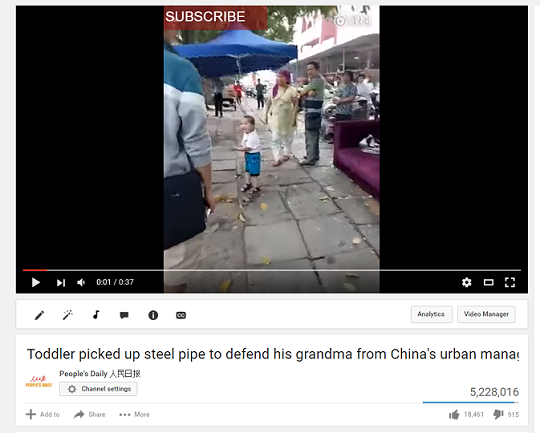


A passenger rushes away at the Guangzhou Railway Station in Guangzhou, capital of south China's Guangdong Province,during the 2016 Spring Festival travel rush. [Photo: Xinhua]
New analysis is suggesting that China's internal migration, the so-called "floating population," hit 247 million last year, accounting for around one-sixth of China's overall population in 2015.
To put it in the simplest terms: One out of every six people in China finds themselves migrating from one place to another.
The National Health and Family Planning Commission report on the Chinese Floating People's Development Report 2016 suggests most of the migration still has people moving from the less developed central and western regions of China to the more developed eastern areas.
Over half of the migrants were born after 1980, says the report.
The report says the average age of the migrants is 29.3, 1.4 years older than the average in 2014.
Authorities say the average age of migration is increasing, in part, because older people are moving into the major cities to live with their children.
Analysis by the National Health and Family Planning Commission suggests around two out of every three people who migrated to a new city last year did so to take care of their grandchildren.
This is creating additional concerns about the available care for seniors in many communities.
The analysis also suggests the floating population in China will stay above 200 million in the coming decades, as urbanization continue to speed up.

 Who Will Fit The Chinese Roles In Game Of Thrones?
Who Will Fit The Chinese Roles In Game Of Thrones? China's Hubei Shennongjia added to World Heritage List
China's Hubei Shennongjia added to World Heritage List Cute Dog At Fruit Stand Becomes Latest Internet Sensation
Cute Dog At Fruit Stand Becomes Latest Internet Sensation Top 10 livable Chinese cities
Top 10 livable Chinese cities The last primitive tribe in China
The last primitive tribe in China China's first intelligent security robot debuts in Chongqing
China's first intelligent security robot debuts in Chongqing A Total of 3,552 Subscribers Vanish In Two Days; YouTube Closes All Doors to Users’ Inquiries
A Total of 3,552 Subscribers Vanish In Two Days; YouTube Closes All Doors to Users’ Inquiries Out of this world! Futuristic UFO-shaped yacht has its own garden and a stunning underwater viewing deck
Out of this world! Futuristic UFO-shaped yacht has its own garden and a stunning underwater viewing deck An old tea house in Chengdu
An old tea house in Chengdu Furious Customer Crushes All the Buns from Vendor Just Because He Was Given the Wrong Flavor
Furious Customer Crushes All the Buns from Vendor Just Because He Was Given the Wrong Flavor